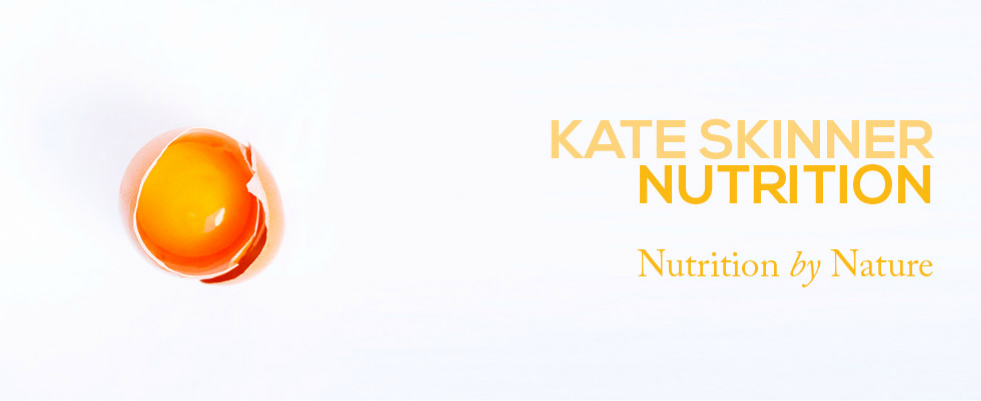- Improved hair, skin and joint health
- Reduced inflammation of the digestive tract
- Improved immune function and wound healing
- Protein for tissue repair and enzymatic functions
- Increased digestibility and utilization of other proteins
- Antioxidant effect against free radicals
Gelatin is a protein substance derived from collagen, a natural substance present in the ligament, tendons, skin and bones of animals. Sounds awful, but actually gelatin is an integral part of traditional diets throughout the world in the form of slow-cooked stews, casseroles, nutrient-dense desserts and bone broths, and is one of those highly nutritious foods that is sadly lacking in the modern diet. If we could put aside the ‘yuk’-factor for a moment, the nose-to-tail approach to eating is also one of the best ways to reduce food waste, decrease our reliance on expensive muscle meats and encourage sustainability of our natural resources.
If you’re still a little grossed out, perhaps I might appeal to those people on the quest for soft, supple, “youthful” skin. Many women (and men) are willing to shell out a small fortune on collagen supplements or injections to reduce the signs of ageing, when they could quite easily save a pretty penny by consuming more rich bone stocks, gelatinous stewed meats and homemade chicken soups. In fact “collagen” in its various forms is a popular dish on Japanese and Chinese menus because of these foods’ propensity for improved skin quality and overall health benefits. Here’s why…
Gelatin is one of the few protein sources containing decent amounts of the amino acid glycine. Glycine’s role in skin health is derived from its important role as a component of collagen, which is what gives our skin (and hair, nails, bones, tendons, ligaments…) its structure, tone, elasticity and resiliency – in other words, glycine is essential for youthful-looking skin.
In addition, glycine has many other incredibly beneficial roles in the body. It is highly anti-inflammatory1,2,3, has an antioxidant effect4,5, helps to soothe and rebuild the mucous membranes of the digestive tract6 and aids in wound healing7,8, making it highly recommended for anyone with conditions such as gastric ulcers or increased intestinal permeability (‘leaky gut’). Glycine increases the absorption of calcium in the gut, promotes optimum bone density and joint health9,10, may effectively reduce high blood pressure11, and hyperpolarizes nerve cells, causing a calming sensation shortly after ingestion12. This humble little amino acid also assists in the digestion and ultilization of all proteins (from both animal and vegetable sources), and research has shown that meats found in soups and pot roasts, braised with bones in liquid, are easier to digest than quickly cooked steaks and chops, which are why gelatin-rich gravies and bone broth appetizers are at the heart of many culinary traditions13. Gelatin was historically recommended as an addition to milk formulas for babies, making the milk proteins more easily digestible in the absence of sufficient breast milk13.
Here are a couple of ways to add gelatin to your diet:
- Home-cooked rich bone stocks and stews – think osso buco and home-made chicken soup made with bone stock. See this post for a master stock recipe.
- Gelatinous cuts of meats – including lamb shanks, oxtail, chicken skin, feet and pork knuckle.
- Added to smoothies, yoghurt or a cup of warm milk – a tablespoon of flavourless powdered gelatin goes unnoticed blended into a smoothie (and is a far more nutritious addition than any commercial protein powder supplement).
- Used to set fruit-based jellies, custards and ice creams (made using whole, quality ingredients such as pure cream, whole organic milk, coconut milk, egg yolks, pureed fruits, raw honey, vanilla bean, etc).

